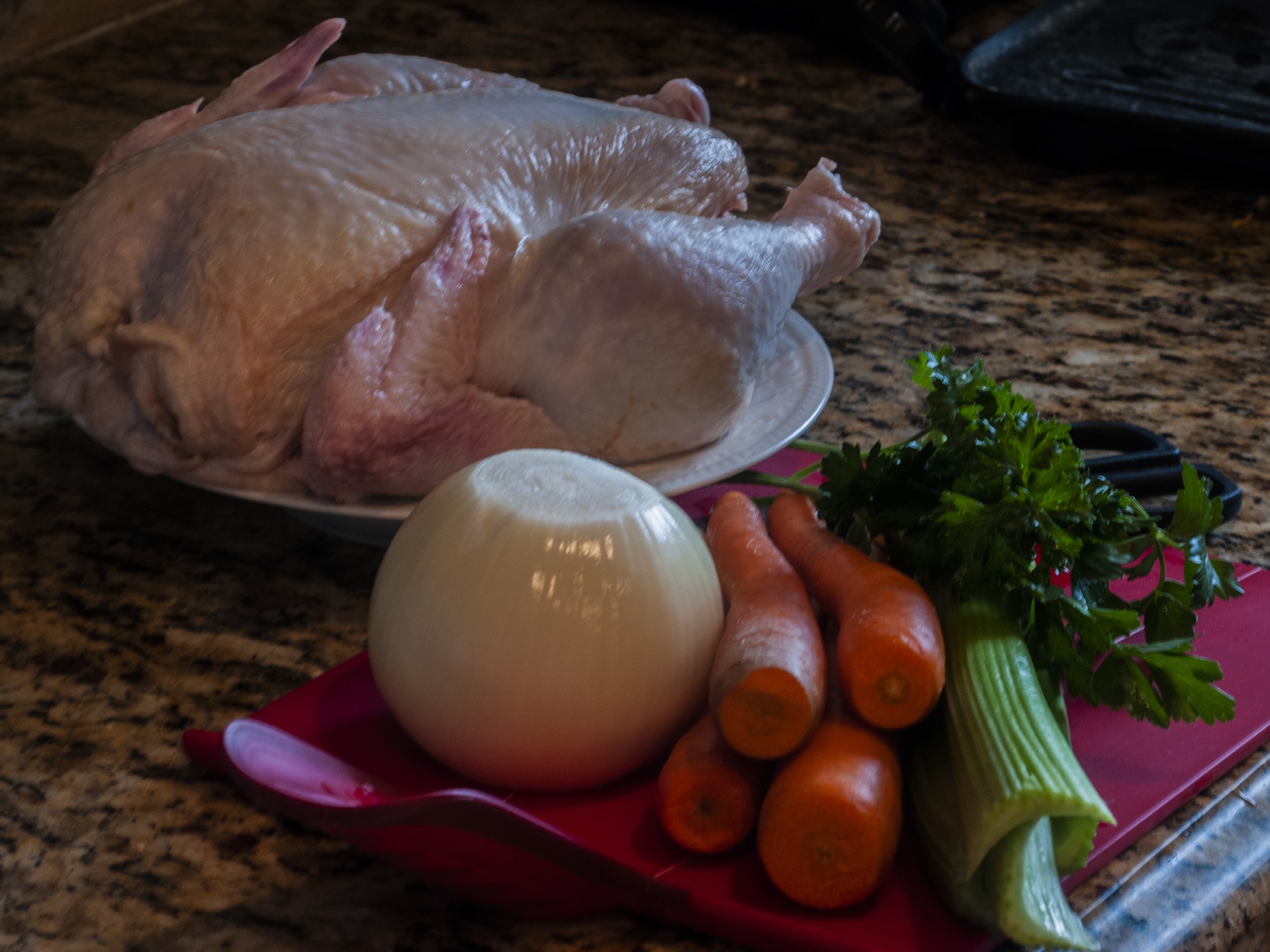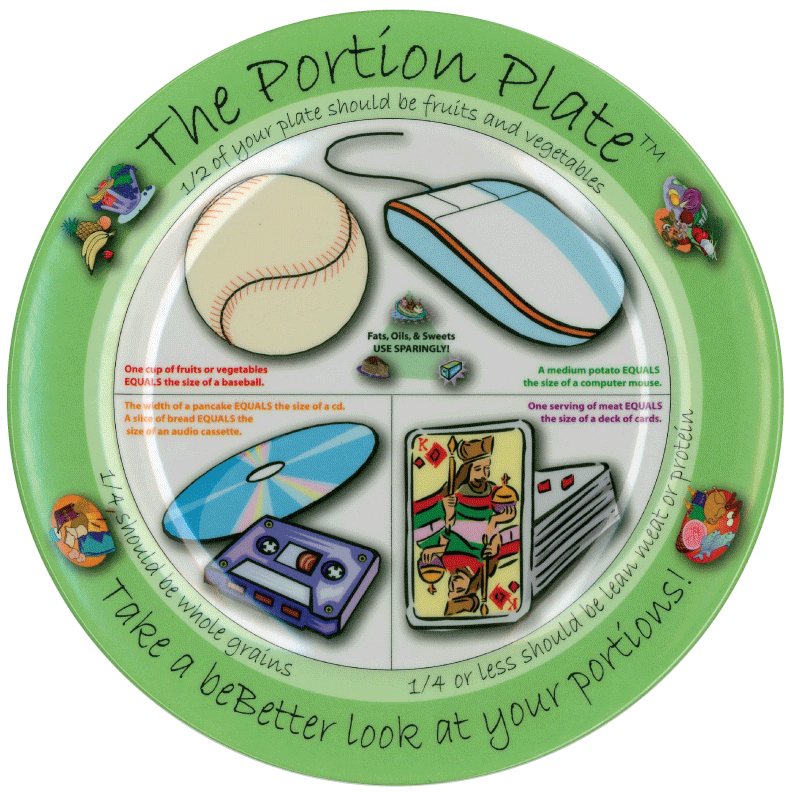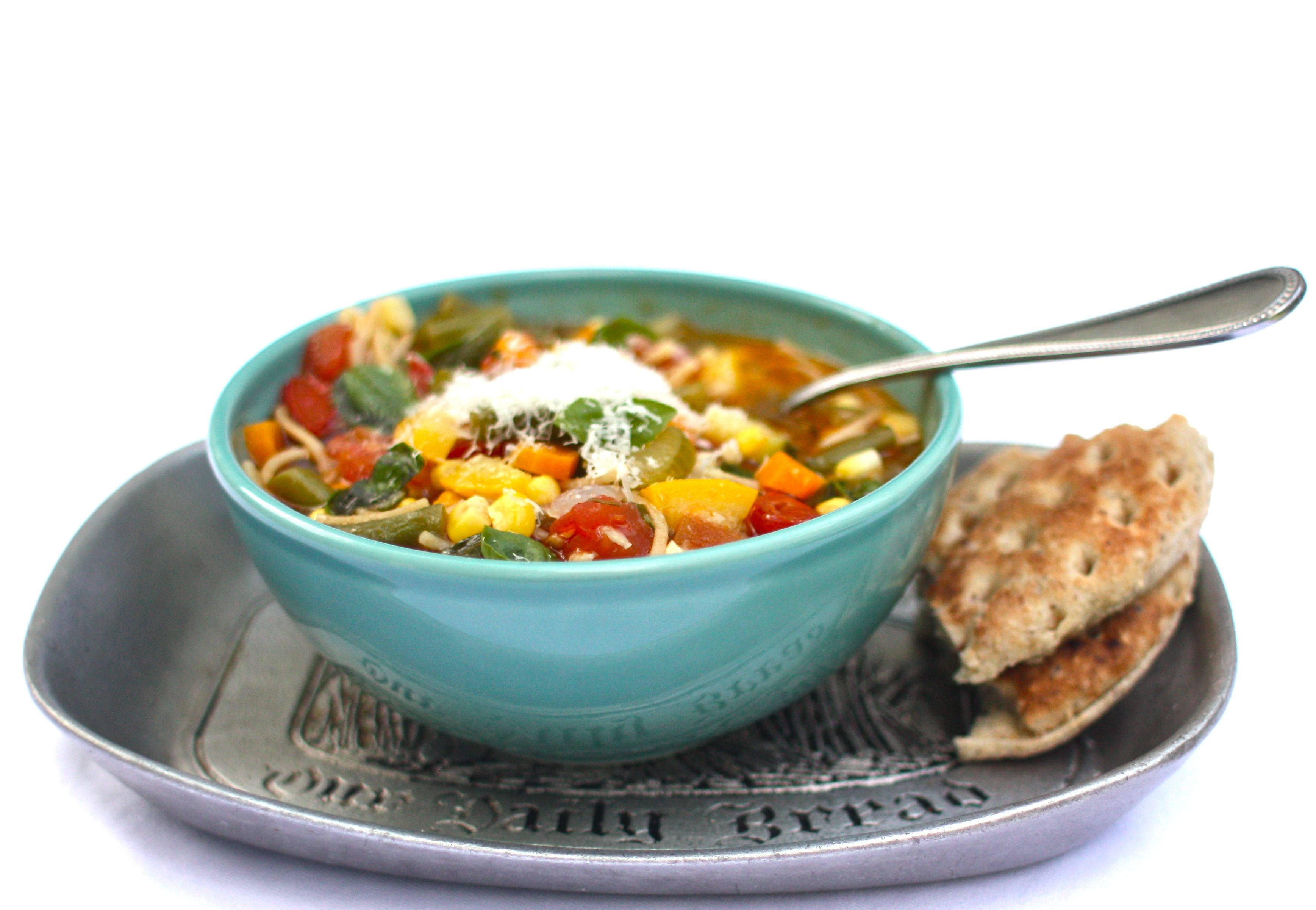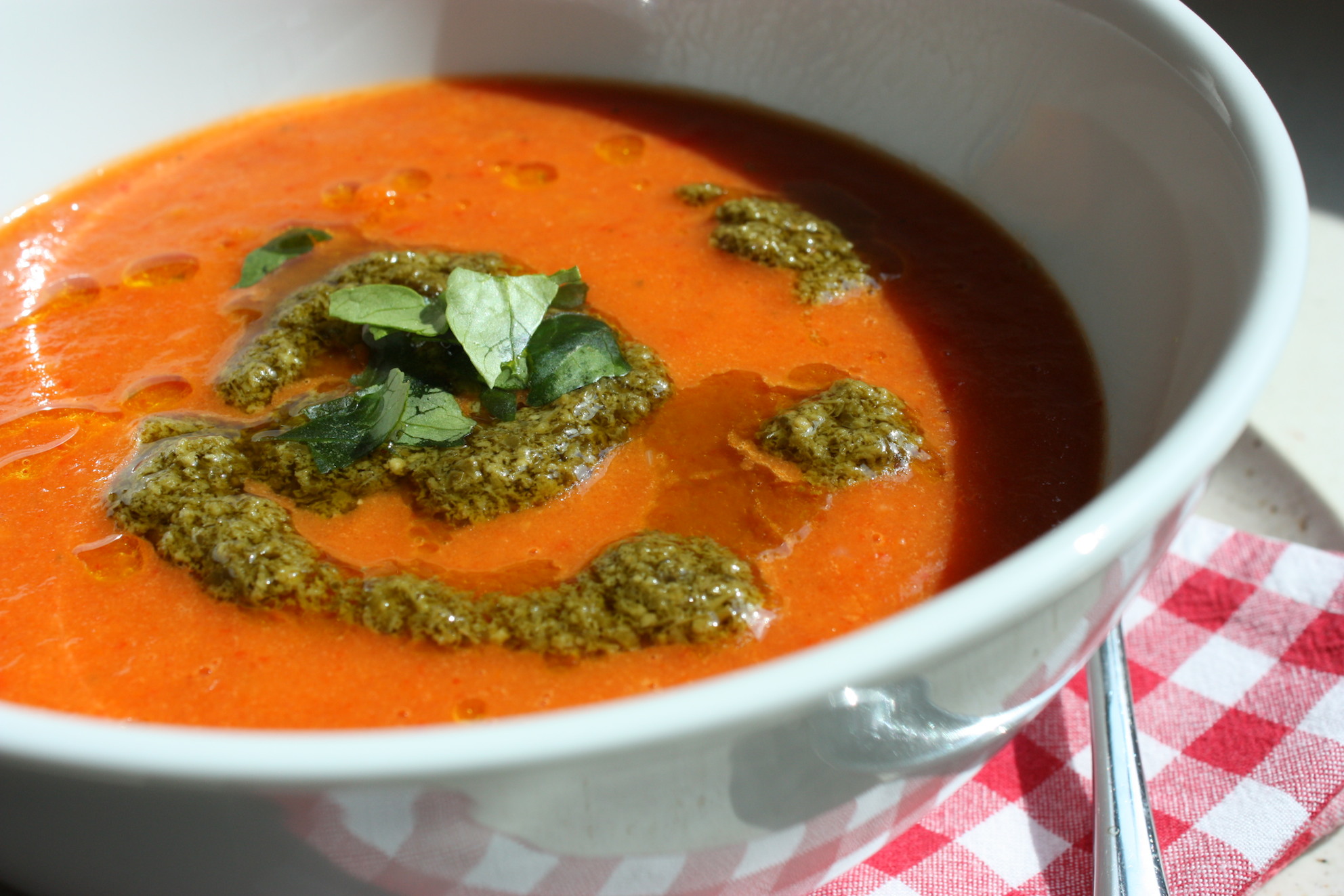
Perfect portion size for lunch salads Tasty, Yummy Food, Delicious
The number of servings in a pot of homemade soup will depend on the recipe and the size of the pot. As a general guideline, a 4-quart pot of soup will yield about 8 servings, while a 6-quart pot will yield about 12 servings. It is important to note that these are just estimates and may vary depending on the specific recipe and portion sizes.

Portion Size Soup Portion Size
The average serving size for a bowl of soup is around one cup or eight ounces. However, this can vary depending on the recipe, the ingredients, and the person eating it. Some soups are thicker and more filling than others, and some people might prefer larger or smaller portions based on their hunger level or dietary needs.

Portion of Soup stock photo. Image of soup, portion, nutrition 32339576
Generally, a serving size for soup is around 1 cup or 8 fluid ounces. This means that a quart of soup, which equals 32 fluid ounces, would be enough for 4 servings. The amount of soup needed per person can vary depending on appetite and other factors. Some people may only want a small bowl, while others may want a larger portion.

Chicken Soup Ingredients Free Stock Photo Public Domain Pictures
The Standard Serving Size. In general, the standard serving size for soup is around 1 cup per person. This allows for a generous portion that can be enjoyed as a main dish or as a starter. However, if the soup is being served as an appetizer before a larger meal, you may choose to serve a smaller portion, such as ¾ cup per person.

Portion Size How Your Hand Can Help You Measure Food Portions Food
However, a general rule of thumb is that one serving of soup is typically around 1 cup. This is equivalent to 8 fluid ounces or 240 milliliters. One serving of soup can be a great addition to a meal, providing both hydration and essential nutrients. It's important to pay attention to portion sizes, as over-consuming soup can lead to consuming.

Pin on Yummy in my tummy
Here's how to calculate the stats if they aren't included on the label…. As for the exact amount in the can, the average 1-cup serving of canned soup weighs in at about 8.5 ounces. So those 14.5-oz. and 15-oz. cans actually have closer to 1 3/4 cups each. But to make things easy, I'd just double the per-serving stats and know I'm.

Bella Vita Fitness Blog Portion Distortion Your Portion Size Guide!
Reply. The normal portion size per person in a restaurant can vary depending on the type of dish and cuisine. However, for meat or fish dishes, a typical portion size may range from 6 to 8 ounces (170-227 grams). For pasta or rice dishes, it can be around 4 to 6 ounces (113-170 grams).

Portion Size Soup Portion Size
Generally, a serving of soup is about 1 to 1.5 cups per person. However, if the soup is being served as an appetizer or a side dish, you may want to go with a smaller portion, around 1 cup per person. If the soup is the main course, then a larger serving of 1.5 cups per person may be more appropriate. It's also a good idea to consider the age.

Pin on Recipes Soups
Here are some general guidelines for the number of daily servings from each food group*: Grains and starchy vegetables: 6-11 servings a day. Nonstarchy vegetables: 3-5 servings a day. Dairy: 2-4 servings a day. Lean meats and meat substitutes: 4-6 ounces a day or 4-6 one-ounce servings a day. Fruit: 2-3 servings a day.

Kiddylicious It's delicious Portion control, Portion sizes, Baby
For soup as a main course, I would budget 2.25 cups per person, while this might be a little high than some recommend but I prefer to always have a little extra. If however, the soup is a side dish then I would budget 1 cup per person for a starter. Another way of stating this is how many people will a gallon of soup serve - a gallon of soup.

Cooked Pasta
Serving Size; Appetizer soup: ½ to 1 cup: Main course soup: 1 to 1 ⅕ cups: Creamy soup: ½ to 1 cup: Broth-based soup: 1 to 1 ½ cups: Remember, these are just guidelines, and you should adjust the serving size based on the factors we discussed earlier. By taking these factors into consideration and using the standard serving sizes as a.

Hearty & Healthy LateSummer Minestrone Simple Bites
Whole grain rather than refined grain products. Six (6) servings of grains per day. Examples of one serving of grains: One slice bread. One small tortilla. 1 cup ready-to-eat cereal flakes. 1 ounce (⅛ cup) uncooked pasta or rice. ½ cup cooked rice, pasta or cereal. 3 cups popped popcorn.

Food Rx Creating a Balanced Family Meal Healthy Family Project
If so, then you have come to the correct place. When making soup for a large group, one gallon is needed for every eight people when serving an adult-sized entrée. For child-sized entrées, one gallon is needed for every 16 children. When serving soup as a side, one gallon is needed for every sixteen adults and thirty-two children.

Healthy Food Guide Delicious recipes and expert diet advice Healthy
A serving of soup is typically considered to be around 1 cup, but this can vary depending on the type of soup and the specific recipe. It's important to pay attention to serving sizes when enjoying soup, as it can be easy to consume more than a single serving without even realizing it. Soup can be a healthy and satisfying addition to a meal.

Roasted Tomato and Red Pepper Soup and what is your 'normal' soup
A "serving" is the amount of food recommended in consumer education materials, such as MyPlate. Berkeley Dining uses recommended serving size as reference when creating and standardizing our recipes. A "portion" is the amount of a food you choose to eat at any one time. Sometimes the portion size and serving size are the same, but more.

Food label on two products Nutrition facts label, Nutrition labels
In general, one serving of soup is usually measured in standard measurements such as cups or ounces. Typically, a standard serving size of soup is around 1 cup, which is equivalent to 8 ounces. However, some heartier soups or those with added ingredients like noodles or rice may have larger serving sizes, often closer to 1.5 or 2 cups per serving.